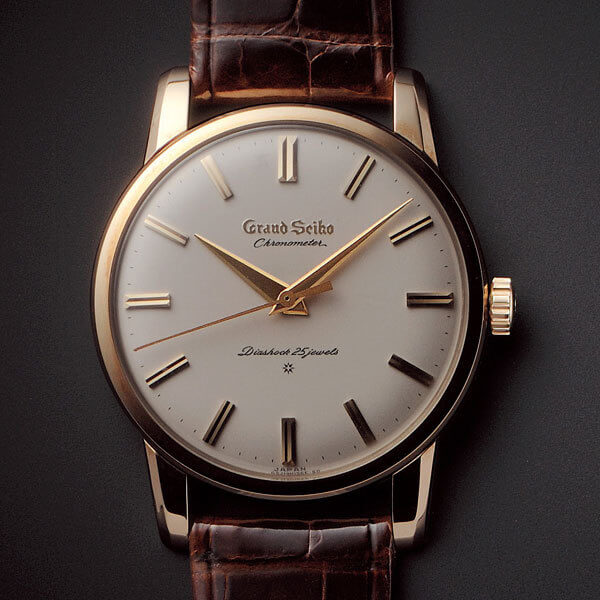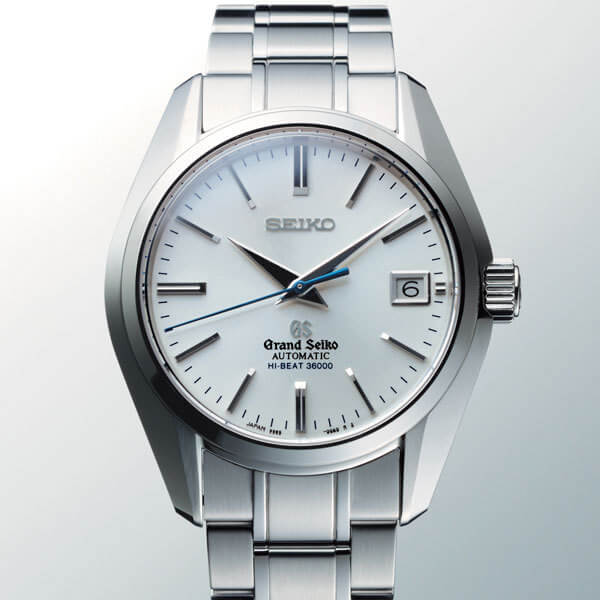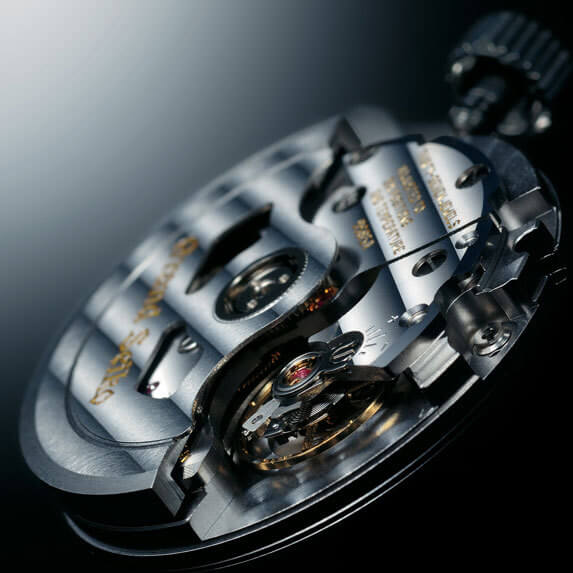Seiko has a long history starting in 1881 with the clock repair store K. Hattori opened in central Tokyo. Eleven years later in 1892, the company produced its first clock and three years later a pocket watch. Since that time, Seiko has focused on creating watches in the Japanese tradition, what they call the pure essentials of watchmaking. The traits they value are legibility, precision, reliability and wearability. While the Europeans have a more romantic notion about finishing, putting a lot of effort into the aesthetics on their top end pieces, the Japanese place more value in advanced application of technology and repeatable perfection.
A watch in a new improved class
The Grand Seiko story begins in the early 1950’s, when Seiko set out to make “the perfect timepiece.” Called the Marvel, the first watch was submitted to the Central Institute of Weights and Measures in 1956 and in 1958 took the top 9 spots in Japan’s chronometer trials. Not satisfied with this result, the engineers at Seiko wanted to do better.
International Chronometer Standards require a watch to meet specific criteria in order to be certified and carry the mark “chronometer” on the dial. Those include a rate fluctuation of between -4 to +6 seconds/day and testing in 5 different positions and at different temperatures. Seiko sought to not only meet but also exceed these standards. At the end of 1960, Grand Seiko made its debut.
The original Grand Seiko wore the chronometer inscription but this was removed from the dial shortly thereafter because the watch bested the standards and was in a new and improved class. The Grand Seiko keeps time between -3 to +5 seconds/day, improving performance by 25%. In addition, the watch is tested in 6 positions instead of 5, always at different temperatures and over 17 days rather than 15. Seiko also increased the power reserve to 72 hours so that after a weekend of non-wear the watch would still be on time.
Engraved on the back of the case is the lion, which has represented the Grand Seiko line from the beginning. The symbolism is quite obvious. Seiko chose the King of the Jungle as their emblem because the company wants to be the king of watches.
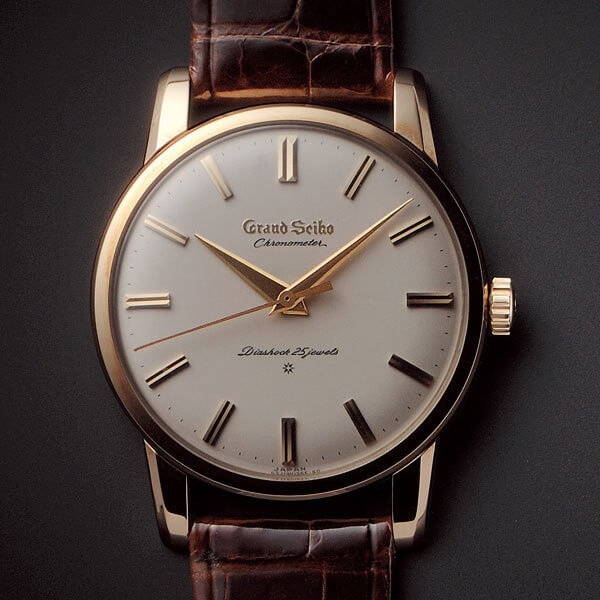
A fully integrated manufacture
In pursuit of the most legible watches on the market, Seiko uses curved sapphire crystals with anti-reflective coating and dial markers and hands diamond-cut on five surfaces to reflect light in low luminescence conditions. Most watch companies go through a five or six step process in the creation of dials, while Seiko goes through 12 to achieve a pearled effect that provides an ideal backdrop for the eye to garner information. Each watch is hand assembled and regulated and the cases finished by individual craftsmen in a process called “Zaratsu’ polishing.
A fully integrated manufacture, Seiko makes every single component including the balance and mainsprings from a proprietary alloy called SPRON, which is purported to deliver more torque and resistance to shock. Moreover, Seiko employs MEMS (Microelectromechanical systems) technology to produce high tolerance parts such as the escapement wheel and palette fork. Through this process, used in the biology and microelectronics industries, they can get results that are more durable and abrasion free than other machining techniques. It also affords the opportunity to execute shapes and designs previously not possible using traditional methods.
The Japanese values of practicality
This year Seiko introduced an automatic high-beat movement. Their goal was to overcome power reserve and durability issues inherent in all high frequency watches. Beating at 36,000, the Caliber 9S85 which drives the Grand Seiko “Hi-Beat” has an impressive power reserve of approximately 55 hours and incorporates MEMS engineering to increase the life between service intervals.
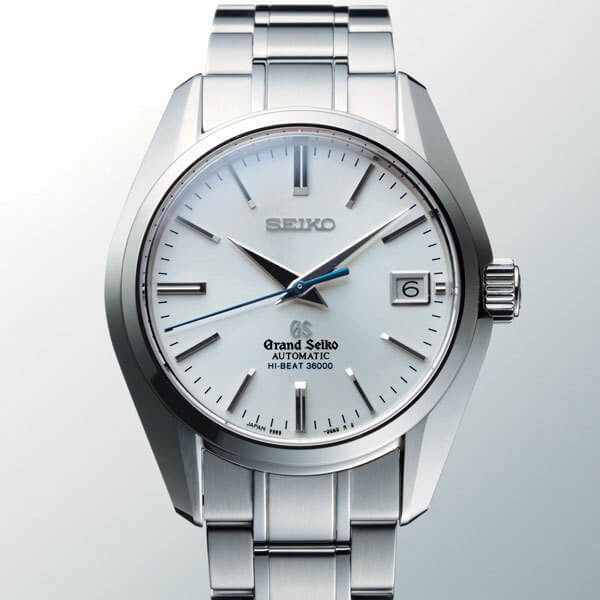
Seiko shows that they believe the Grand Seiko Hi-Beat mechanical watches are in a different league from the Grand Seiko Spring Drive – among them the Chronograph (caliber 9R86) – and the quartz models of the collection by having a separate fully integrated studio for their creation and assembly in Shizuku-ishi, north of Tokyo. It’s here that 60 men and women craft the watches to the Grand Seiko standard of excellence.
In terms of design, Grand Seiko is simple and understated, without much elaboration or decoration. While this aesthetic might be a bit plain in comparison to other watches that contain highly engineered movements, it perfectly represents the Japanese values of practicality and efficiency.
To introduce Americans to Seiko’s capabilities, the brand just opened three doors in the United States to carry the Grand Seiko mechanical watches located in New York, Chicago and Arizona. Of the 22 stock keeping units in the Grand Seiko line, which includes the Spring Drive models, the company is only bringing 8 to the United States; however, any of the models can be special ordered through the authorized dealers.







